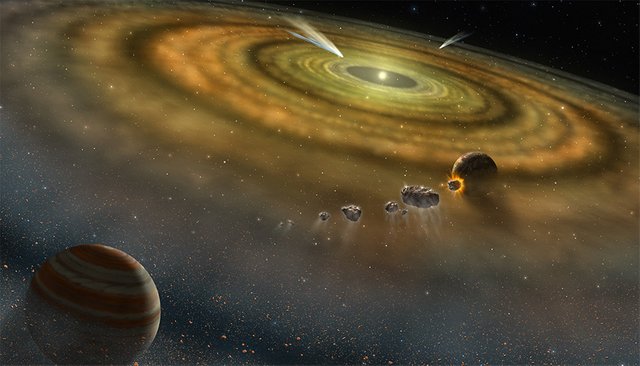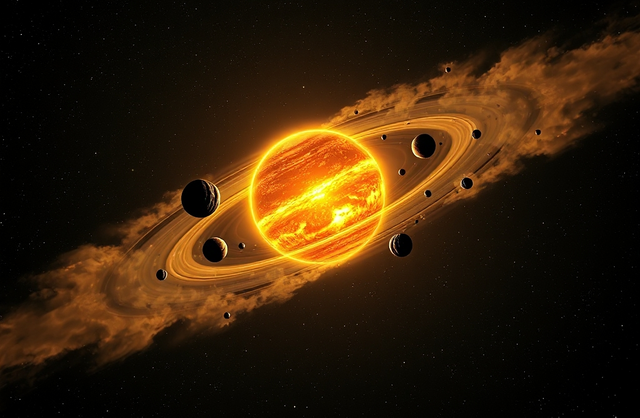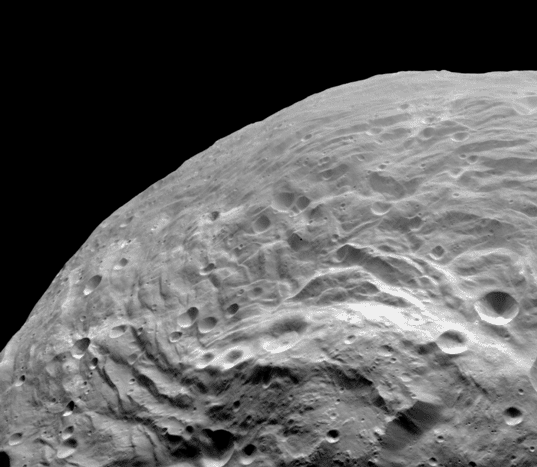The past of the largest asteroid in the solar system.
The past of the largest asteroid in the solar system.

Souce
The sun at that time of formation was colder, it was weaker and the solar system in general was colder, so many of the protoplanets could be similar to the current Enceladus. Enceladus is not a protoplanet, it is one of the moons of Saturn, but many of those hundreds of protoplanets must have been very similar to this moon.

A solar system with small protoplanets with icy crusts and water inside destroying each other or ending up impacting the planets in formation, for example, one of these perhaps impacted with the Earth, excuse me, imagine one of these protoplanets of about 500 km in diameter with a large amount of ice, with water in its interior, with basic elements and molecules for the formation of life in its interior impacting with the primitive earth, perhaps it would be destroyed before impact. enter an orbit with the Earth and break up and its fragments fall on the Earth.

Souce
The official discovery of Vesta was on March 29, 1807 by the German astronomer Heinrich Overs, who also discovered Pallas and also proposed that both objects were the remains of a destroyed planet, but the scientific community rejected that theory. The basic argument of the scientific community is that if we put together all the material in the asteroid belt, it does not even reach 5% of the mass of our moon, so it was very little for a planet, although of course that is our current view, it may have been in the past thousands of years ago. Millions of years there would be much more mass in the asteroid belt and the planets, especially Jupiter, would have captured that material or would have thrown it outside the solar system.
The images without reference were created with AI
Thank you for visiting my blog. If you like posts about #science, #planet, #politics, #rights #crypto, #traveling and discovering secrets and beauties of the #universe, feel free to Follow me as these are the topics I write about the most. Have a wonderful day and stay on this great platform :) :)